Liquid stevia extract is an incredibly easy and healthy sweetener to make at home. Homemade stevia sweetener is economical too – buying the processed version can get a bit costly if you tend to use it regularly. However, you can buy the leaves online (or grow your own), and process it yourself quite easily with or without a juicer.
I will provide two different methods for creating a homemade organic stevia extract that you can use to sweeten your recipes. This DIY recipe will save you a lot of money. Additionally, you are not using a processed product, or one that has additives mixed in. Stevia products can be highly processed, and some add ingredients such as maltodextrin that is not considered healthful.
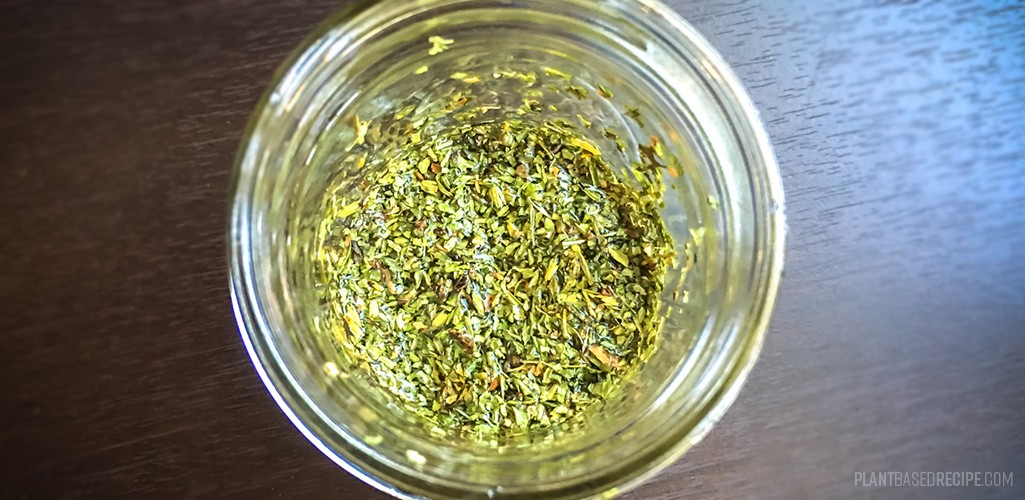
The good news is this extract is incredibly simple to make. It is not quite as highly concentrated than the stevia drops I have used in the past, so you may find yourself using a bit more. However, it is still an economical way to use stevia.
Because unprocessed pure stevia is more healthful, and lower calorie, than sugar I tend to replace sugar in many recipes with stevia when possible. It can be used in condiments like ketchup, or even desserts such as vegan cheesecakes and tarts.
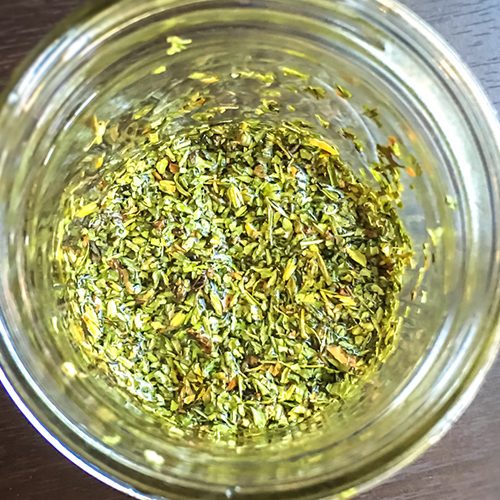
Stevia extract (liquid)
Ingredients
- organic stevia leaves cut or whole, depending on method
- water
- vegetable glycerin optional, depending on method used
Instructions
VEGETABLE GLYCERIN (herbal glycerite)
- Add desired amount of the cut stevia leaves in a jar (recommend at least a quarter of a cup).
- Mix 3 parts glycerin with 1 part water, appropriate for the size of your container (the leaves should be covered in the mixture). You can omit the water if using fresh leaves.
- Add vegetable glycerin mixture to the jar, mix gently, and tightly cover.
- Let sit for about 6-10 days, mixing the contents every couple days.
- Press the extract through a fine strainer or cheesecloth.
- Refrigerate the extract in a small glass container. (Link below)
JUICER
- Add desired amount of the whole stevia leaves in a jar (recommend at least a cup).
- Add water so all leaves are thoroughly covered, and cover jar.
- Let steep in water until fully rehydrated.
- Run leaves through a masticating juicer, or a hydraulic juicer.
- Store the “juice” in a small glass container in the fridge. (Link below)
Notes
Growing your own stevia in the garden
You can grow your own stevia, which is an incredibly economical option if you have the time, climate, and space to do so. Dry and warm climates do well, however note that pests such as snails and slugs also love stevia! Mine was entirely eaten by the snails. Here are some notes regarding growing your own stevia from the experts:
For a nice overview on how to grow stevia, see this page on getting started growing stevia by stevia.net.
This page covers getting started, harvesting, and even container growing. Check out this page from Mother Earth News (be sure to click through to pages 2 and 3 at the bottom).
If you are interested in growing stevia indoors (my slugs make me choose this method!), you can find out more information about growing stevia inside on this page.
Some of the products I used in this recipe

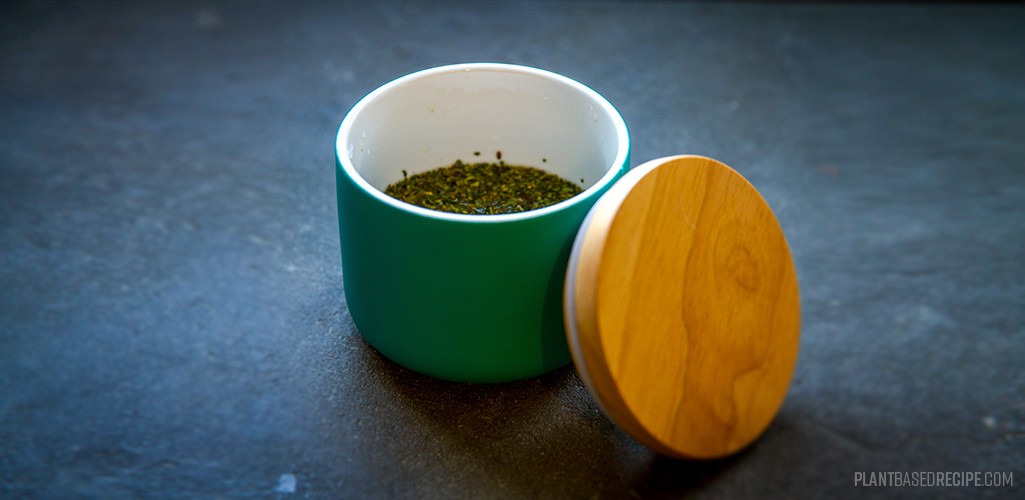




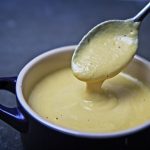
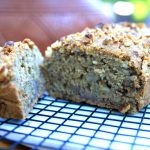

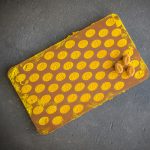
Hi can you please let me know does the stevia leave it’s after taste in glycerin because I am planning on making this but last time I made in tincture form and it had a strong aftertaste. Thanks
It can depend on the plant you’re using (perhaps the glycerin, but I’ve only used one so far). The plants can differ in taste (affecting aftertaste) depending on how they are grown. Whether they were grown from seed or cutting, age, soil, and more. I’m using my own grown plants now and have a better taste result, but I know that’s a lot of work. You could also adjust the ratio of glycerin to leaves if there’s an issue.
How long does the stevia “juice” last in the fridge (done with juicer)?